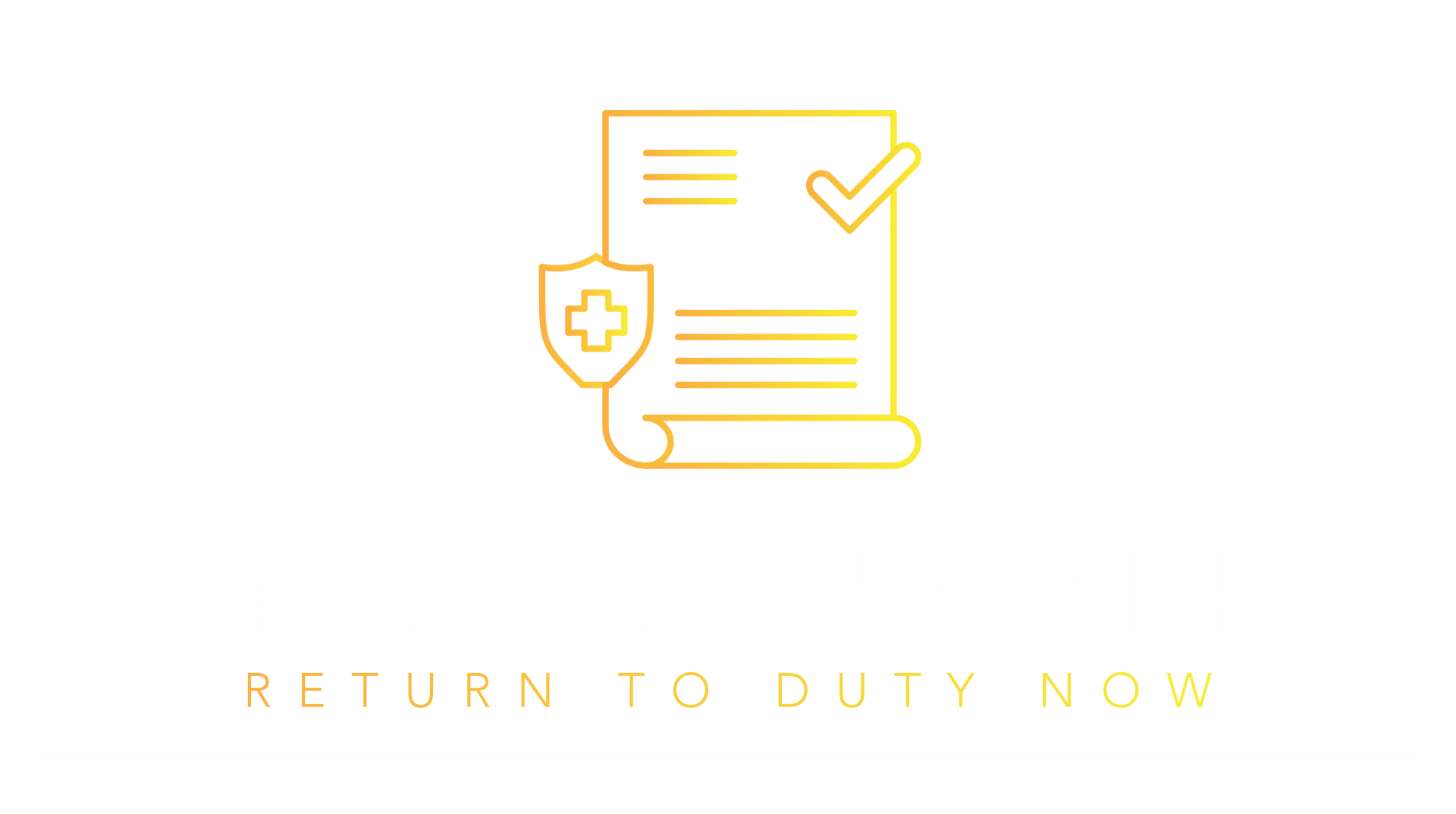7 Key Steps for Los Angeles Drivers Returning from a Substance Abuse Violation
Navigating the road back to normalcy after a substance abuse violation can be daunting, especially in a bustling city like Los Angeles. Whether it's your first time dealing with this situation or you’re a seasoned pro, understanding the essential steps to take is crucial.
In this guide, we’ll walk you through the seven key steps to ensure a successful and smooth return to driving while keeping your safety and compliance in mind.
1. Understand the Legal Requirements
Before getting back behind the wheel, it's crucial to familiarize yourself with the legal implications surrounding substance abuse violations in California. This includes understanding the steps needed to reinstate your license and any potential restrictions that may apply.
In Los Angeles, the consequences of a substance-related driving violation often extend beyond just the loss of your license. It’s important to be aware of the specific requirements that might pertain to your case, including possible fines, community service, and even educational classes. Consulting with a legal professional who understands local laws can provide clarity, helping you navigate through the necessary paperwork and procedural steps.
2. Complete Required Assessments and Programs
Engaging in court-mandated assessments and rehabilitation programs is often a requirement for regaining your driving privileges. Learn about the different types of programs available in LA and how to enroll in them.
Beyond just fulfilling a requirement, these programs can serve as a genuine opportunity for self-reflection and growth. Many offer valuable insights into underlying issues and teach techniques for avoiding future pitfalls. Look for programs that resonate with you to not only meet the legal obligations but also to enhance your personal recovery journey.
3. Stay Updated on Your Progress
Monitoring your progress throughout your recovery and compliance journey is essential. Keep track of your completed steps, paperwork, and any deadlines to avoid unnecessary setbacks.
Consider using a planner or digital tool to log milestones and important dates. This can help you maintain accountability and make the process feel less overwhelming. Regularly reviewing your journey will not only provide you with a sense of accomplishment but also emphasize the importance of adhering to your commitments.
4. Obtain Insurance Coverage
Securing the right insurance coverage is a vital step. Understand how your past violation might affect your rates and what options are available to ensure you’re adequately covered as you return to the road.
It's also a good idea to shop around for the best rates. Different insurance companies have varied policies regarding past violations, and finding the right fit can save you a significant amount. Don't hesitate to seek guidance from an insurance broker who specializes in high-risk policies; they can help you navigate the complexities of coverage options tailored to your circumstances.
5. Practice Safe Driving Habits
Adopting safe driving habits is crucial for your own well-being and that of others. This includes avoiding distractions, obeying traffic laws, and being mindful of your surroundings at all times.
Moreover, practicing mindfulness while driving can ensure a calmer experience. Consider employing techniques such as deep breathing or even listening to soothing music to help maintain focus. Remember, every journey is an opportunity to reinforce safer habits that will last a lifetime.
6. Seek Support from Community Resources
Getting back on track can feel lonely, but remember, you’re not alone. There are many community resources, groups, and professionals in Los Angeles ready to help you navigate this process successfully.
Explore local support groups specifically aimed at individuals overcoming substance abuse issues. These can offer both emotional support and practical advice on dealing with similar challenges in a safe environment. Using the power of community can be incredibly reassuring and beneficial during this transitional phase.
7. Maintain a Positive Mindset
Lastly, cultivating a positive mindset will help you through this journey. Embrace the challenges as learning experiences and focus on the personal growth that comes from overcoming obstacles.
Incorporating daily affirmations or mindfulness practices can help sustain this optimistic outlook. Surround yourself with supportive individuals who reinforce your determination.
Remember, every small step toward maintaining a valid ability to operate a safety-sensitive duty is a significant victory worth celebrating!











